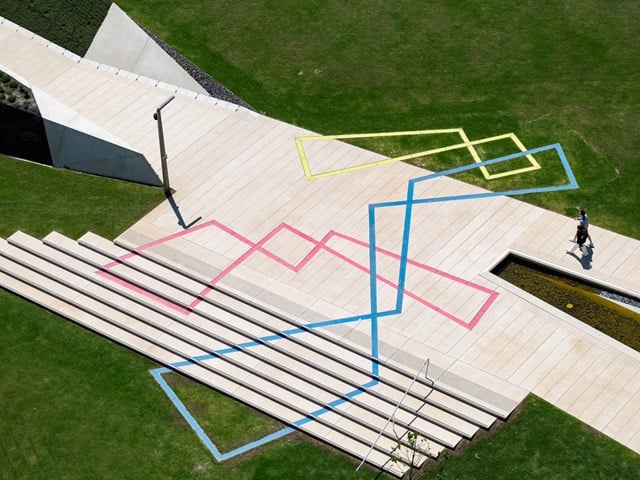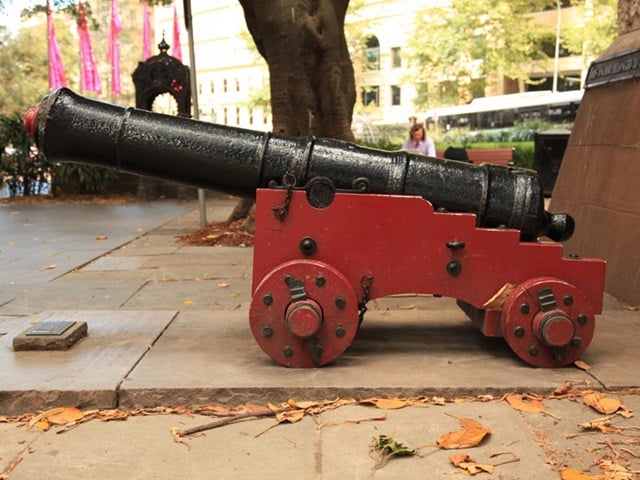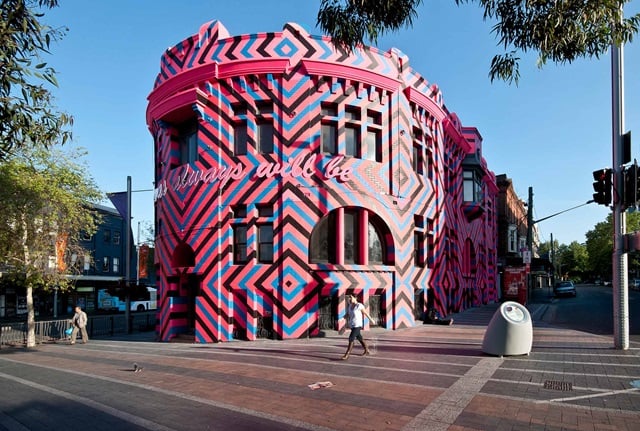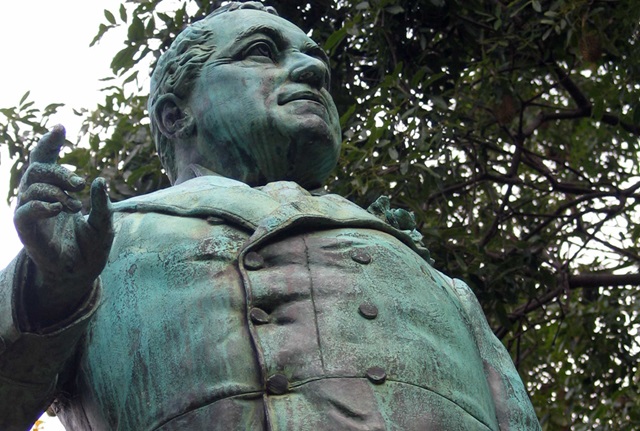
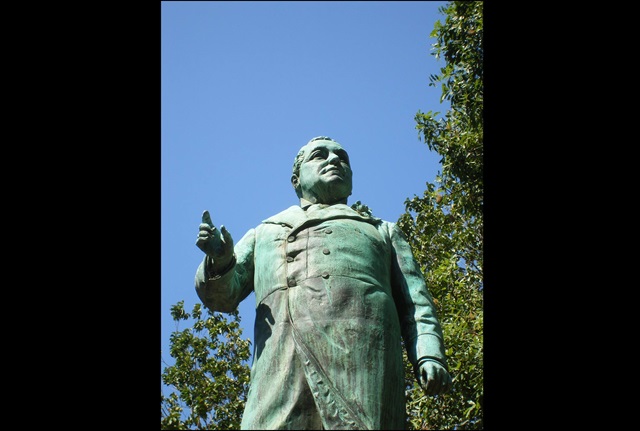
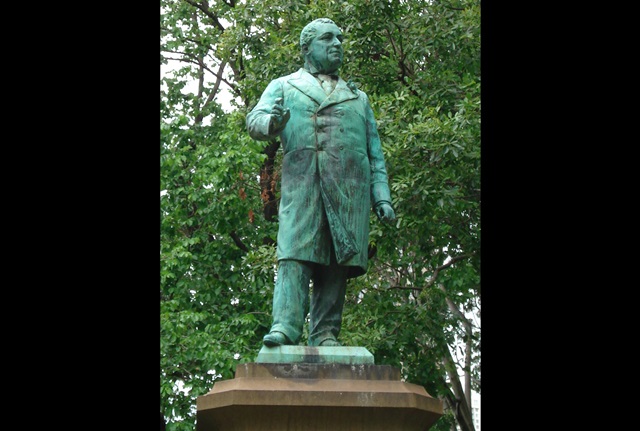
A portrait in bronze erected in memory of patriot William Bede Dalley.
Artwork description
The William Bede Dalley memorial was installed in 1898 in Hyde Park north where it stands today. Funds were raised 10 years earlier by general public subscription, after Dalley’s death on 22 October 1888. The bronze sculpture of Dalley stands well above eye-level on a polished granite pedestal, supported on a tiered stone base.
It is a larger than life-size representation of the ardent nationalist, complete with a buttoned-up frock coat, which he wore habitually. Located in the north-east corner of Hyde Park it is fittingly positioned overlooking the law courts and parliamentary buildings on Macquarie Street.
Born in Sydney from convict stock, William Bede Dalley was a respected political figure and nationalist who exerted wide-ranging influence throughout his life. He was mourned and eulogised in editorials and obituaries throughout the colonies.
Artist
Sculpted by James White, a Scotsman who arrived in Australia in 1888, the statue is thought to be the first use in Australia of the ‘lost wax’ process of bronze casting. This old method had been used for the famous bronzes of the Renaissance in France and Italy. The casting was carried out at White’s own small foundry in Petersham.
Although the statue was not ranked among White’s finest creations, some laid the blame for this on Dalley’s short and stout physique. The pedestal for the sculpture seems in sympathy with Dalley’s frame, being somewhat squat in form. The Dalley statue is notable for its realistic qualities, as opposed to the idealised and romantic nature of most contemporaneous and nearby works.


